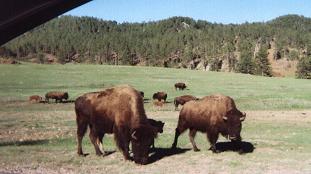
in Custer State Park.
(click for enlargement).
|
Colorado, Montana, and Wyoming end May early June 2005 Trip Report © June 2005 Adam Helman |
| (Click on any image for enlargement.) |

|
|
A pair of bison along the road in Custer State Park. (click for enlargement). |
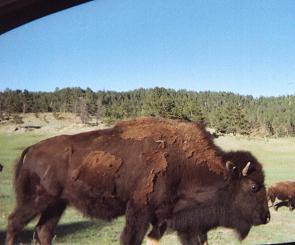
|
|
A large bison just outside the right window in Custer State Park. (click for enlargement). |
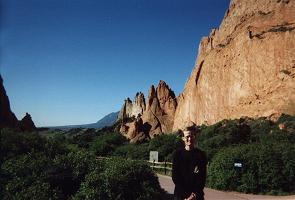
|
|
Myself at Garden of the Gods State Park. (click for enlargement). |
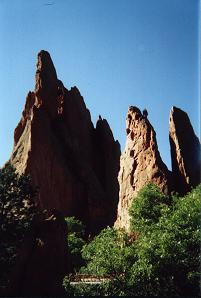
|
|
A typical sandstone rock formation in Garden of the Gods State Park. (click for enlargement). |
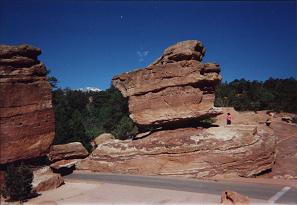
|
|
Balanced Rock with distant Pikes Peak in Garden of the Gods. (click for enlargement). |